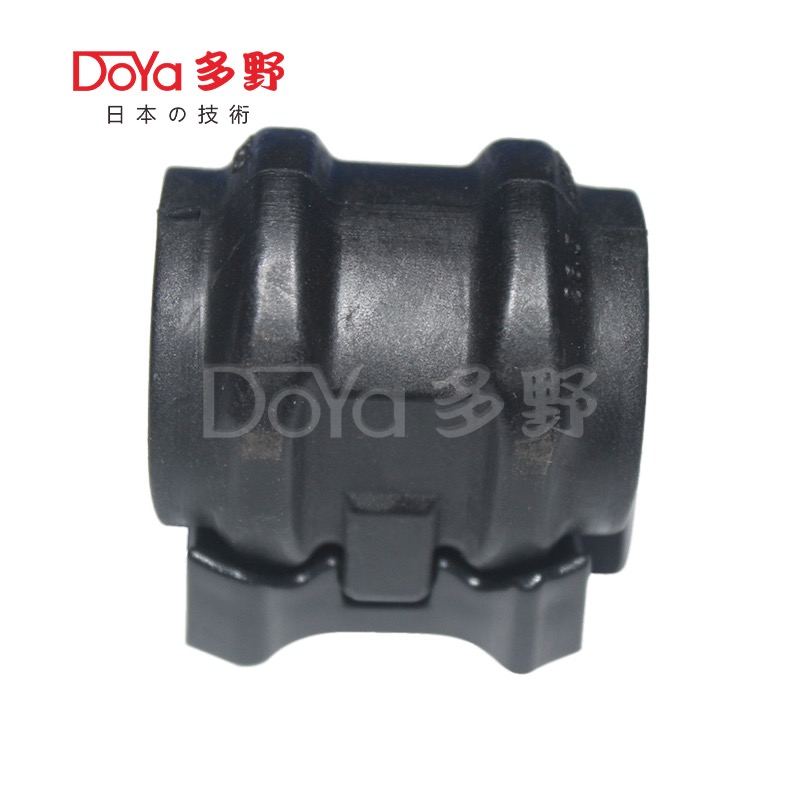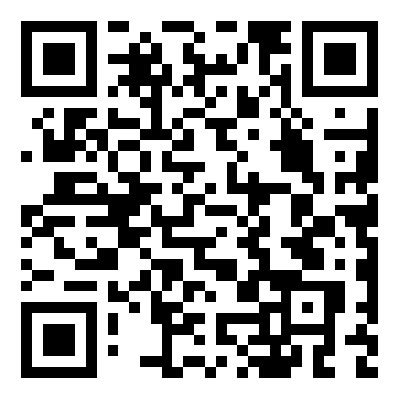Essential Tools for Stabilizer Bush Replacement: A Comprehensive Guide
2024-03-01
Introduction:
Maintaining optimal performance and safety in your vehicle requires periodic inspection and replacement of worn-out components. Stabilizer bushes, critical elements in your vehicle's suspension system, play a pivotal role in ensuring stability and control during driving maneuvers. When it's time to replace these worn-out bushes, having the right tools at your disposal is essential. In this blog post, we'll explore the essential tools required for replacing stabilizer bushes, empowering you to tackle this task effectively and efficiently.
1. Jack and Jack Stands:
Before beginning any work on your vehicle, it's crucial to elevate it securely using a jack and jack stands. This ensures a stable working environment and provides ample space to access the suspension components, including the stabilizer bushes.
2. Socket and Wrench Set:
A comprehensive socket and wrench set is indispensable for removing nuts, bolts, and other fasteners securing the stabilizer bush brackets and links. Ensure that your set includes both metric and standard sizes to accommodate various vehicle models.
3. Ratchet and Torque Wrench:
A ratchet and torque wrench are essential for loosening and tightening bolts with precision. Proper torque specifications are critical to ensure that the stabilizer bush brackets and links are secured correctly, preventing over-tightening or under-tightening.
4. Ball Joint Separator:
In some cases, the stabilizer bar may be connected to the control arms or strut assemblies using ball joints. A ball joint separator, also known as a pickle fork, is necessary for safely separating these components without damaging them.
5. Pry Bar or Lever:
A pry bar or lever is useful for applying leverage when removing stubborn components, such as old stabilizer bushings. It can help pry the bushings out of their mounting brackets or control arms with minimal effort.
6. Bushing Removal Tool:
A dedicated bushing removal tool, such as a bushing press or puller, is recommended for safely and efficiently removing old stabilizer bushes from their mounting brackets or control arms. This tool minimizes the risk of damaging surrounding components during the removal process.
7. Lubricant:
Applying a lubricant, such as silicone spray or penetrating oil, to the stabilizer bushings and mounting points can facilitate easier removal and installation. It helps reduce friction and resistance, making the process smoother and preventing damage to the new bushes.
8. Safety Equipment:
Lastly, don't forget to prioritize safety by wearing appropriate personal protective equipment, including safety glasses, gloves, and closed-toe shoes. Working on a vehicle's suspension system can involve heavy components and sharp edges, so taking precautions is essential to avoid injuries.
Conclusion:
In conclusion, replacing stabilizer bushes requires a set of essential tools to ensure a successful and safe procedure. By investing in the right equipment, including a jack and jack stands, socket and wrench set, ratchet and torque wrench, ball joint separator, pry bar or lever, bushing removal tool, lubricant, and safety equipment, you can tackle this task with confidence and precision. Proper maintenance of your vehicle's suspension system, including timely replacement of worn stabilizer bushes, is key to maintaining stability, control, and safety on the road.



